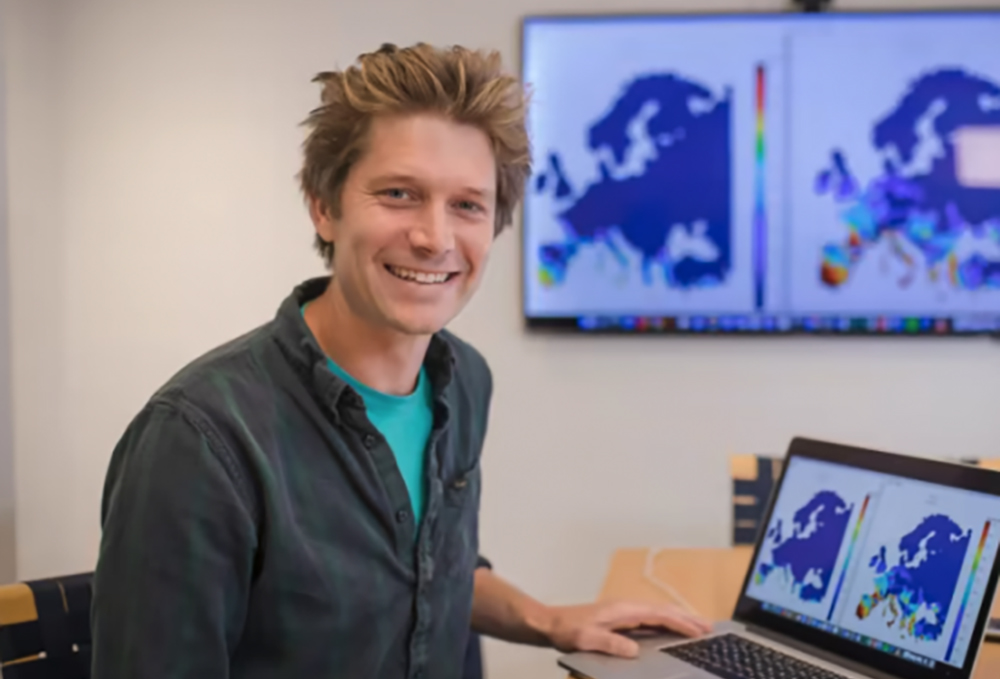The UN’s Intergovernmental Panel on Climate Change (IPCC) is currently preparing its sixth assessment report on climate change since 1990. the second interim report released in February The panel stated that there is an increasing urgency to adapt societies to rampant climate change. Climate change is already having a negative impact on both physical and mental health. As the need for care increases, the health system is hit by disruptions due to extreme events, such as floods.
– New in the latest report is, among other things, that there will be more pressure on the problems in the cities. There are urban heat islands, air pollution and an increased spread of infections due to population density. But there are also great opportunities in the cities, says Joacim Rocklöv, one of the co-authors.
Now a broad perspective and collaborations between different areas are needed for the transition to more climate-smart cities to succeed, he says.
– Doctors may need to work with landscape architects. Many of the determinants of disease depend on what our environment looks like.
It can be anything from building more cycling and walking paths to creating more greenery. A win-win for both health and the environment.
Then we can get both better air and better opportunities for physical activity. Access to recreation can also have positive effects in the case of psychological disorders or stress. Now it’s just a matter of being sharp and making sure the change is as beneficial as possible in as many different ways as possible.
In many ways, Europe is in a more favorable position than other parts of the world, where the transition is both more urgent and more difficult to achieve, says Joacim Rocklöv. But here too, heat mortality is rising and various infections are also benefiting from warming. Vector-borne diseases, as well as water- and food-borne diseases are expected to increase.
How could Swedish health care be affected if we fail to slow down development?
– We will see a slew of insect-borne infections in the short and long term. In the long run, completely new viruses can also arise. The vibration situation, with bath sore fever, can be difficult for the elderly. We will certainly have more heat problems, with increased vulnerability in our elderly. But a lot depends on how we adapt our elderly care and medical care accordingly.
He calls the record hot summer of 2018, when operations had to be canceled due to high humidity and several hospitals in the country were warned of temperatures of up to 30 degrees.
– These kinds of extreme events may not happen every year, but they will happen more often and can also become more intense. We need to factor this into our planning and disaster preparedness. In 2018, the concern had a shortage of fans. But if you’ve thought about the healthcare environment in advance, you don’t need fans.
How do you feel about the future – fear or optimism?
– The tricky part is that we haven’t really managed to deal with all the risk situations that could in turn lead to something else. For example, if we cannot protect the rainforest, it could trigger major processes and political unrest that will have huge consequences worldwide. The climate will be a stressor that leads to other things. It worries me. But at the same time it is positive with all the changes that are really taking place now. Although I wish it went a little faster, says Joacim Rocklöv.
Read more:
Läkartidningen’s collection page Climate change and health.
IPCC Interim Report: Climate Change 2022: Impacts, Adaptation and Vulnerability
Lakartidningen.se

“Troublemaker. Typical travel fan. Food fanatic. Award-winning student. Organizer. Entrepreneur. Bacon specialist.”






